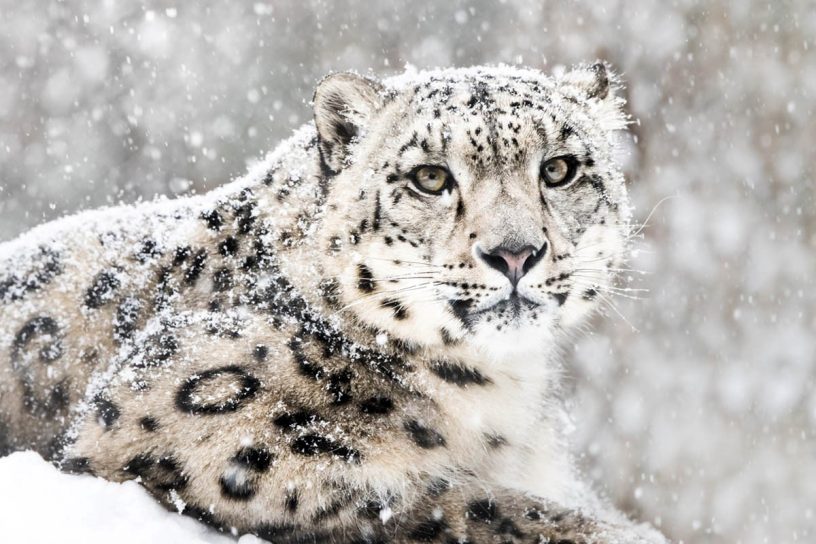
With the Taliban taking over the reins in Afghanistan, all of the pro-environmental ventures in the country are now in shadows, write researchers from Jindal School of Environment & Sustainability.
Authors:
Abhiroop Chowdhury, Associate Professor, Jindal School of Environment & Sustainability. O.P. Jindal Global University, Sonipat, Haryana.
Aliya Naz, Independent Researcher.
Armin Rosencranz, Professor & Dean, Jindal School of Environment & Sustainability. O.P. Jindal Global University, Sonipat, Haryana.
Summary
Afghanistan is again under Taliban’s control. On 8 July 2021, President Biden defended the US pull-out of Afghanistan by focusing on the superiority of the 300,000 trained Afghan soldiers over only 75,000 Taliban fighters. Internal and international conflicts are not new for this region. 1978- 79 marked the beginning of modern hostilities in Afghanistan when Soviet forces sought to control this geopolitically strategic central Asian nation.
In that war, the Soviet Union supported the Afghan communist government against the Mujahedeen militias. The North Atlantic Treaty Organization (NATO) supplied monetary support and ammunition to these Mujahedeen. Soviet troops tried to assert dominance until 1989. In 1991-92, the Soviet Union collapsed, along with their efforts to control Afghanistan.
This futile conflict impacted more than 1.5 million Afghans. The ‘political vacuum’ that followed the end of the cold war instigated the transformation of the initially ‘freedom’ fighting group of Mujahedeen to the radical Taliban. Their idea of establishing pan Islamic nations across the globe and their role in numerous human right violations, made international bodies enforce strict economic-military sanctions on this regime.
This pushed them closer to terrorist groups such as Al-Qaeda. Ultimately, these strings of political events led to the 9/11 attack of 2001, the worst terrorist attack in the modern era. Again, it brought conflict back to the biodiversity-rich, climate change impacted Afghanistan.
Situated in the cross-roads of Central Asia – China and the Himalayas – Afghanistan has unique biodiversity and fragile ecosystems. This landlocked war-torn nation is part of the ‘Central Asian Biodiversity hotspot’ as per ‘Conservation International’. This unique landscape is home to approximately 5000 species of flora and fauna.
The 2009 census indicated around 4,000 native species of vascular plants, 515 species of birds, 150 species of mammals, 139 species of fish, 112 species of reptiles, and 6-8 species of amphibian found in this eco-region. The snow leopard – the shy, mountain dwelling predator – is on top of this alpine food chain.
Published in: The Statesman
To read the full article, please click here


